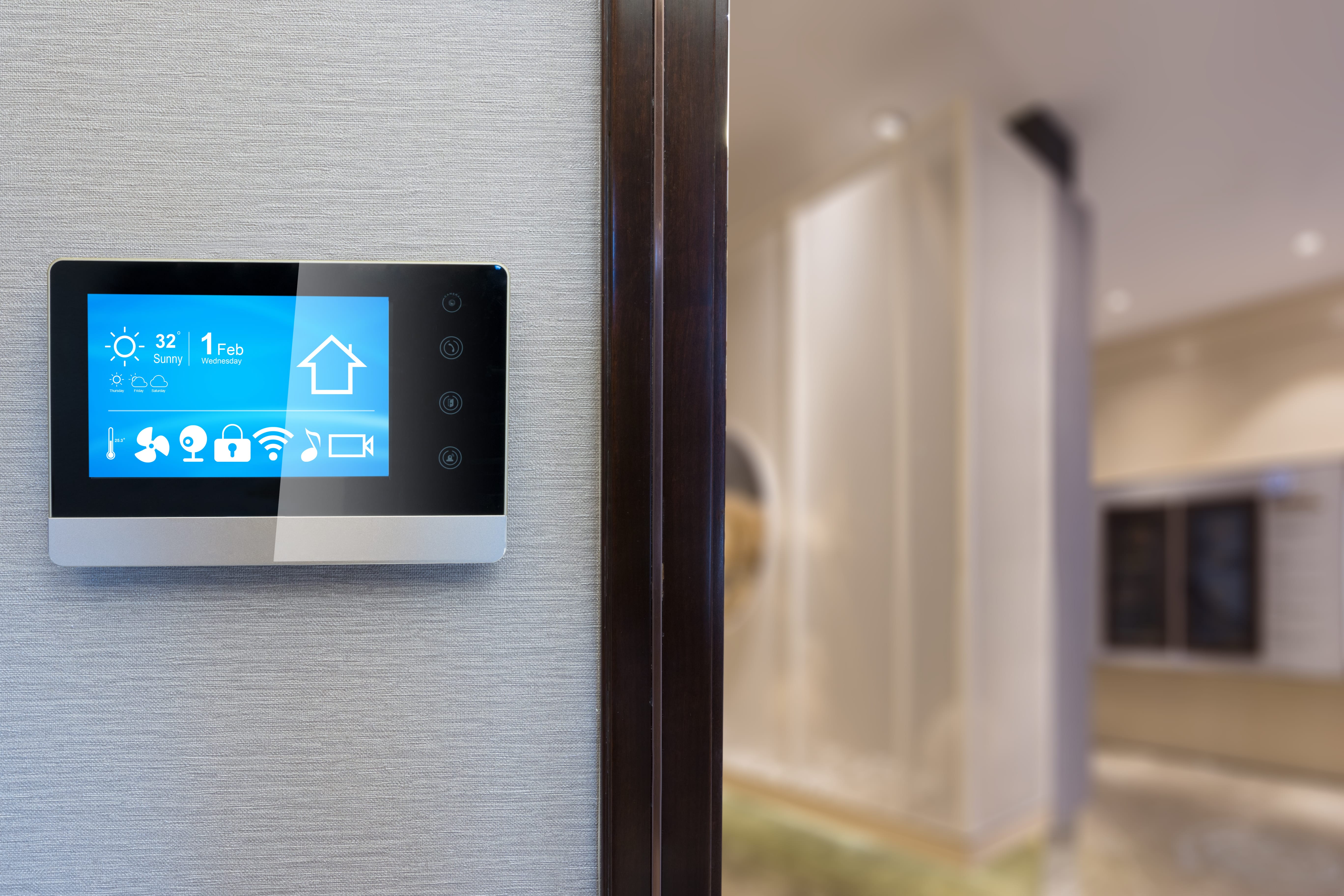If you have recently gone shopping for a new appliance, you may have noticed the ENERGY STAR® label on washers, dryers, refrigerators, and more. In fact, this label has become such a common sight that many people tend to overlook it or take it for granted.
But what does the ENERGY STAR® label mean?
ENERGY STAR® is more than a logo—it’s an opportunity for you to save money on your electricity costs by choosing a more efficient appliance or electronic device.
What Is ENERGY STAR®?
The ENERGY STAR® program is a federal government-backed labeling program designed to help both businesses and individual consumers save money and reduce their environmental impact. The program was started by the U.S. Environmental Protection Agency (EPA) and the Department of Energy (DOE) in 1992 but has since been adopted internationally by the European Union, Australia, and New Zealand.
Computers were one of the first products to be rated by the ENERGY STAR® program, which has since expanded to include almost any home appliance, electronic device, and even lighting. While the ENERGY STAR® label is voluntary, most manufacturers choose to add it to their qualifying products to encourage consumers and businesses to purchase.
The ENERGY STAR® label can also be found on qualifying new construction, including residential homes and commercial and industrial buildings.
{{CTA-green-right-plan}}
Why Is ENERGY STAR® Important?
The main goal of the ENERGY STAR® program is to reduce greenhouse gas emissions by enabling consumers to easily make smart decisions about the appliances and electronics they purchase.
Related: Make your home more energy efficient.
Nearly two-thirds of the greenhouse gas emissions in the U.S. are created from energy use in homes, commercial buildings, and industry. Reducing this energy consumption can help lower these emissions and improve the quality of the atmosphere, making the world healthier and safer for all life.
A home with only ENERGY STAR®-certified products will use about 35% less energy and avoid more than 8,000 pounds of greenhouse gas emissions each year. By taking the time to choose a product with the ENERGY STAR® label, you can help slow down climate change and reduce your carbon footprint.
What Does an ENERGY STAR® Label Mean?
In the U.S., the standards for the ENERGY STAR® program are set by governmental agencies, and labels are awarded to products that meet those specific qualifications.
The specific requirements to attain an ENERGY STAR® label will differ according to the type of product. For example, a refrigerator and a showerhead will not be judged on the same guidelines. But generally speaking, ENERGY STAR® appliances use 20-30% less energy than federal standards require.
To qualify for the ENERGY STAR® label, a product must:
- Contribute significant electricity savings nationwide
- Deliver the features and performance expected from its less efficient counterparts, in addition to increased energy efficiency
- Be non-proprietary technology that is available from multiple manufacturers
- Offer lower energy consumption and satisfactory performance that can be measured and verified through testing
Additionally, if an ENERGY STAR® appliance costs more than a conventional counterpart, the consumer must be able to recover the price difference through energy cost savings within a reasonable amount of time.
Related: Learn about the benefits of renewable energy.
What Are the Benefits of the ENERGY STAR® Program?
By adding the ENERGY STAR® label to qualifying products, manufacturers let consumers and businesses know that their appliances and electronics are more efficient, leading to increased savings on energy charges and a reduced environmental impact. In many cases, consumers can also take advantage of ENERGY STAR® rebates when purchasing qualifying products.
The EPA estimates that, if every home and business in the U.S. replaced their old computers with ENERGY STAR®-certified options, the result would be a savings of more than $1.8 billion in energy costs over the next five years. Doing so would also avoid the greenhouse gas emissions equivalent to those produced by 2.7 million cars. And that’s only replacing computers, not even other household items, like ENERGY STAR® windows or appliances.
Even small changes like switching out light bulbs can make a huge difference in electricity consumption. ENERGY STAR®-certified fluorescent bulbs consume up to 75% less electricity than standard incandescent bulbs and last up to 10 times longer.
In 2020 alone, the ENERGY STAR® program and its partners helped U.S. homeowners and businesses save more than 520 billion kilowatt-hours (kWh) of electricity and avoid $42 billion in energy costs. In addition, the EPA determined from 1992 to 2014, greenhouse gas emissions in the U.S. have been reduced by 2.5 billion metric tons thanks to energy use reductions.
Where Can I Find ENERGY STAR®-Qualified Products?
The ENERGY STAR® label has become so common and is listed on so many products, you can now find qualifying appliances, electronics, and lighting in almost any store that sells such items. From big box stores like Home Depot, Lowe’s, and Best Buy, to local appliance and furniture sellers, any business that sells appliances and electronics will have ENERGY STAR®-certified options available. Just look for the blue ENERGY STAR® logo when shopping.
Are There Other Energy-Efficiency Rating Systems?
The ENERGY STAR® label is not the only guide to electric efficiency that consumers should pay attention to.
The Energy Guide label comes with many new large appliances, like refrigerators, washers, and dryers, and breaks down the product’s estimated annual energy use. The lower the rating number, the more cost-efficient the appliance or electronic is to operate.
Another rating that consumers should be aware of is the CEE Tier. You can find this rating on new washers, dishwashers, refrigerators, and air conditioning units, and it means that the appliance is likely more efficient than those products without the label. The CEE rating doesn’t replace the ENERGY STAR® label, and in fact, you may see some products that feature both.
Taking time to look for the ENERGY STAR® label and other energy-efficiency ratings when shopping for new products is just one way you can save electricity, cut energy costs, and contribute to the health of the environment.
Gexa Energy provides many Texas homeowners with 100% green residential electricity plans. Join us in building a cleaner, more reliable future for Texas.






































